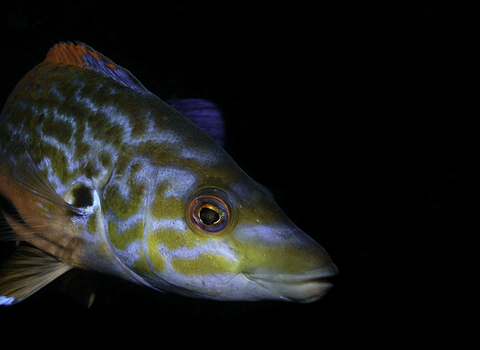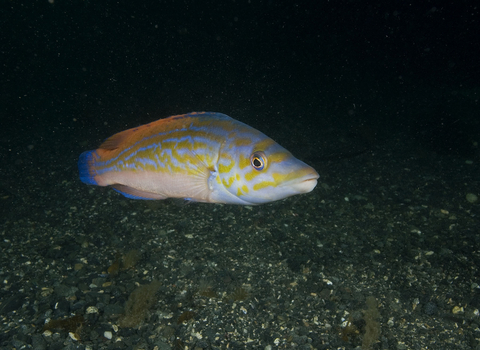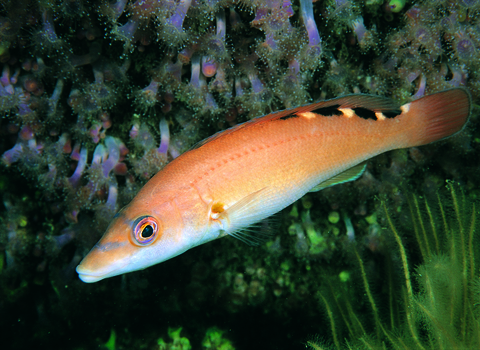
Male cuckoo wrasse ©David Stephens

Male cuckoo wrasse ©Paul Naylor www.marinephoto.co.uk

Female cuckoo wrasse ©Paul Naylor www.marinephoto.co.uk
Cuckoo wrasse
One of the most colourful fish in UK seas, the cuckoo wrasse looks like it belongs in the tropics. Don't be fooled though, it's very much a native species.
Enw gwyddonol
Labrus mixtusPryd i'w gweld
January to DecemberTop facts
Stats
Length: Up to 35cmListed as of Least Concern on the IUCN Red List.
